Showing all 5 results
-
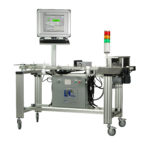
Automated Non-Destructive Quality Test System – NDT-AUTO
-
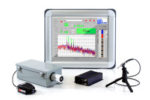
Semi-Auto Non-Destructive Quality Test System – NDT-SEMI
-
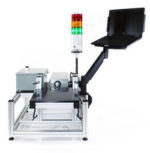
Off-Line Non-Destructive Quality Test Station – NDT-TS
-
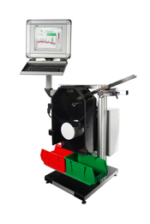
Non-Destructive Small Part Quality Test System – NDT-DTF
-

Manual Non-Destructive Quality Test System – NDT-MAN
Resonant Inspection Information
Resonant Acoustic Method (NDT-RAM™) inspection is designed to help you deliver fully inspected parts, economically and on-time, giving you confidence in the quality of your parts.The principle of NDT-RAM is simple. Every part has a unique resonant signature or pattern that reflects its composition. Any deviation from the expected signature or pattern indicates the presence of a flaw or variability. A familiar example is a cracked bell, which no longer has a clear ring and cannot hold its tone. NDT-RAM detects imperfections such as variances in dimension, geometry, weight, voids, cracks, density, bonding, and manufacturing processes. The entire procedure takes seconds per part, allowing for efficient quality-control testing of all parts in your process line.
All of the NDT-RAM systems are ideal for 100% inspection requirements of manufacturers or users of powder metal, metal injection molded (MIM), castings (including ductile iron), forgings, stampings or welding. NDT-RAM provides screening for cracks, chips, holes, porosity, out-of-tolerance dimensions, variations in hardness, residual stress, bonding failures and heat-treating processes. Manufacturers that have significant inspection costs (either material or labor costs), produce or use safety-critical parts, have substantial scrap costs due to false rejects or simply want to improve their part quality can benefit from NDT-RAM technology.
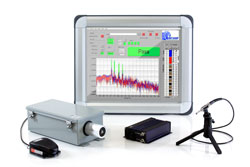
Detects resonant frequency shifts resulting from changes in mass, stiffness or damping of a part. Defects such as cracks, voids, chips, brazing problems, nodularity, porosity, variations in hardness, missed manufacturing processes and delamination can be detected.
Applications include powder metal parts, ductile iron parts, brazed assemblies, forgings, stampings and ceramic parts.
- Whole part test for internal and external flaws
- Fast – Three seconds per part, typical
- No part preparation required
- Objective pass/fail result
- No consumables expenses
- Easily automated
- Permanent record capability
- Easily finds first n number of natural frequencies for NVH applications
- Best for high volume quality inspection
- Designed to be on the plant floor
- Not diagnostic - does not indicate where flaw is, just there is one
- Materials that resonate only - metal, composites and ceramic parts
- Large parts (> 60lbs) difficult to test
- Significant lot to lot variations can mask defect detection
